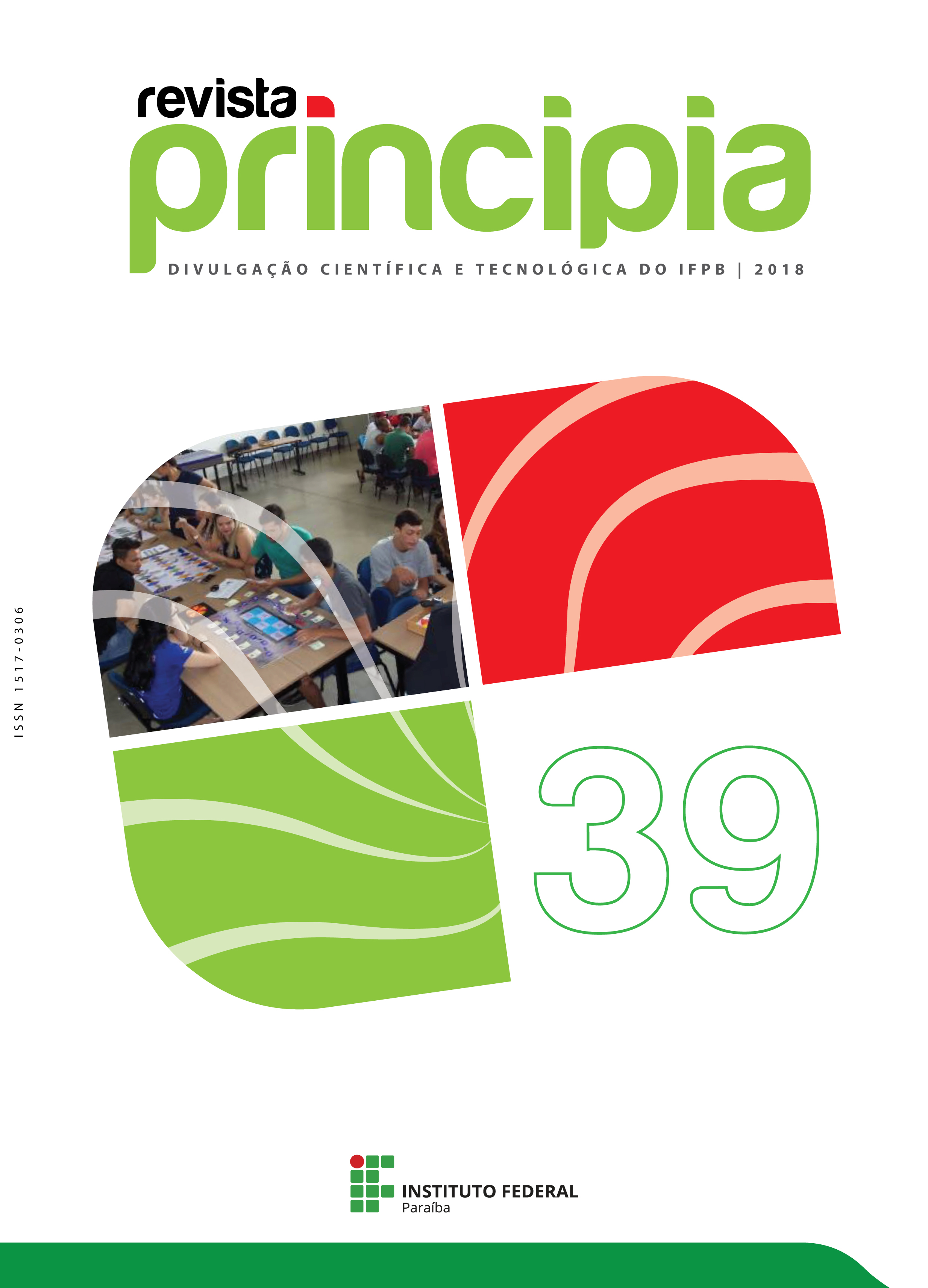Desenvolvimento de um simulador robótico educacional 3D com modos de treinamento
DOI:
https://doi.org/10.18265/1517-03062015v1n39p79-86Palavras-chave:
Modos de treinamento, simulador 3D, simulador de robótica, robótica industrialResumo
A robótica, assim como outras disciplinas, utiliza aulas práticas em laboratórios para auxiliar no entendimento de conceitos teóricos abstratos e com maior nível de complexidade. Simuladores são ferramentas computacionais úteis tanto para o ensino quanto para desenvolvimento, onde simuladores robóticos educacionais são uma alternativa segura e econômica para laboratórios convencionais que, por necessitarem de vultuosos investimentos em infraestrutura, possuem poucos equipamentos disponíveis. Este artigo apresenta os resultados de um levantamento de funcionalidades encontradas em simuladores robóticos didáticos, onde verificou-se que nenhum deles apresentava-se fundamentado em uma estratégia pedagógica. Em seguida, este artigo apresenta a estratégia dos Modos de Treinamento e como essa foi aplicada em um simulador 3D. O uso do simulador mostrou eficaz para promover a aprendizagem de conceitos introdutórios de robótica e de cinemática direta.
Downloads
Métricas
Referências
BLÜMEL, E. et al. Perspectives on simulation in education and training: virtual environments for the training of maintenance and service tasks. In: Proceedings of the 35th conference on Winter simulation: driving innovation, 2003. p. 2001-2007.
DAVIDOVITCH, L.; PARUSH, A.; SHTUB, A. Simulation-based learning in engineering education: performance and transfer in learning project management. Journal of Engineering Education, v. 95, n. 4, p. 289-299, 2006.
FEINSTEIN, A. H.; MANN, S.; CORSUN, D. L. Charting the experiential territory: clarifying definitions and uses of computer simulation, games, and role play. Journal of Management Development, v. 21, n. 10, p. 732-744, 2002.
HASHEMIPOUR, M.; MANESH, H. F.; BAL, M. A modular virtual reality system for engineering laboratory education. Computer Applications in Engineering Education, v. 19, n. 2, p. 305-314, 2011.
HOUNSELL, M. S. et al. A model to distinguish between educational and training 3D virtual environments and its application. The International Journal of Virtual Reality, v. 9, n. 2, p. 63-72, 2010.
JARA, C. A. et al.; Hands-on experiences of undergraduate students in Automatics and Robotics using a virtual and remote laboratory. Computers & Education, v. 57, n. 4, p. 2451-2461, 2011.
JARA, C. A. et al.; Synchronous collaboration of virtual and remote laboratories. Computer Applications in Engineering Education, v. 20, n. 1, p. 124-136, 2012.
LEE, J. Effectiveness of computer-based instructional simulation: a meta analysis. International Journal of Instructional Media, v. 26, n. 1, p. 71, 1999.
LEE, J., T.; Z., YAP, H. J.; KINSHEEL, A. Constructivist game-based robotics simulator in engineering education. International Journal of Engineering Education, v. 29, n. 4, p. 1024-1036, 2013.
LÓPEZ-NICOLÁS, G.; ROMEO, A.; GUERRERO, J. J. Active learning in robotics based on simulation tools. Computer Applications in Engineering Education, v. 22, n. 3, p. 509-515, 2014.
MATSAS, E.; VOSNIAKOS, G. Design of a virtual reality training system for human–robot collaboration in manufacturing tasks. International Journal on Interactive Design and Manufacturing, p. 1-15, 2015.
ROHMER, E.; SINGH, S. P. N.; FREESE, M. V-REP: A versatile and scalable robot simulation framework. In: 2013 IEEE/RSJ International Conference on Intelligent Robots and Systems (IROS), 2013, Tokyo (Japan). Anais..., p. 1321-1326, 2013.
SQUIRE, K. et al. Electromagnetism supercharged!: learning physics with digital simulation games. In: Proceedings of the 6th International Conference on Learning sciences. International Society of the Learning Sciences, 2004. p. 513-520.
STIEFF, M.; WILENSKY, U. Connected chemistry—incorporating interactive simulations into the chemistry classroom. Journal of Science Education and Technology, v. 12, n. 3, p. 285-302, 2003.
STODULKA, P. et al. Development of WEB accessible medical educational simulators. In: Proceedings of the 6th EUROSIM Congress on Modeling and Simulation. 2007. p. 1-6.
TEIXEIRA, J. V.; HOUNSELL, M. S. Educational robotic simulators: a systematic literature review. In: XX Conferência Internacional sobre Informática na Educação - TISE 2015, 2015, Santiago (Chile), p. 340-350. Anais.
TEIXEIRA, J. V.; HOUNSELL, M. S. Impacto de um e-learning e um simulador 3D no processo ensino aprendizagem de robótica industrial. In: XLV Congresso Brasileiro de Educação em Engenharia, 2017. Joinville - SC, Anais.
TZAFESTAS, C. S.; PALAIOLOGOU, N.; ALIFRAGIS, M. Virtual and remote robotic laboratory: comparative experimental evaluation. IEEE Transactions on Education, v. 49, n. 3, p. 360-369, 2006.
VARGAS, H. et al.; A network of automatic control web-based laboratories. IEEE Transactions on learning technologies, v. 4, n. 3, p. 197-208, 2011.
Downloads
Publicado
Como Citar
Edição
Seção
Licença
Esta revista, seguindo as recomendações do movimento de Acesso Aberto, proporciona seu conteúdo em Full Open Access. Assim os autores conservam todos seus direitos permitindo que a Revista Principia possa publicar seus artigos e disponibilizar pra toda a comunidade.
A Revista Principia adota a licença Creative Commons 4.0 do tipo atribuição (CC-BY). Esta licença permite que outros distribuam, remixem, adaptem e criem a partir do seu trabalho, inclusive para fins comerciais, desde que lhe atribuam o devido crédito pela criação original.
Os autores estão autorizados a enviar a versão do artigo publicado nesta revista em repositório institucionais, com reconhecimento de autoria e publicação inicial na Revista Principia.
Demais informações sobre a Política de Direitos Autorais da Revista Principia encontram-se neste link.
























 (precisa estar logado)
(precisa estar logado)






